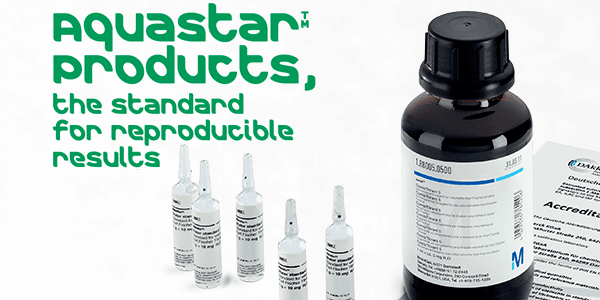Products, quality is often defined by a range of functional and sensory attributes, some of which may be easily measured - such as color - and others which may not. Visual or textural appearance and ease of application exemplify properties in this second category. Ultimately these attributes are assessed subjectively via user feedback, but relying on such information to guide formulation is somewhat impractical, particularly in the early stages of product development. Metrics that reliably correlate with product performance are therefore essential.






